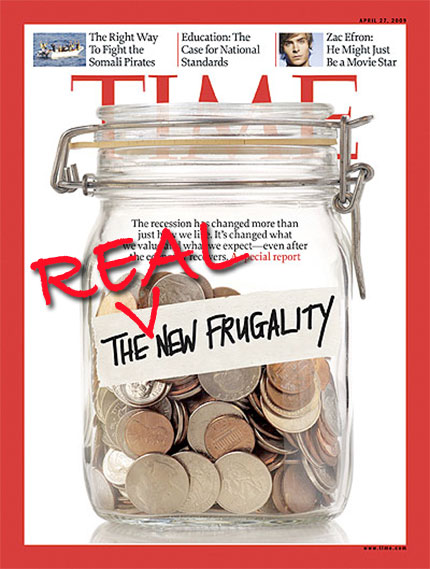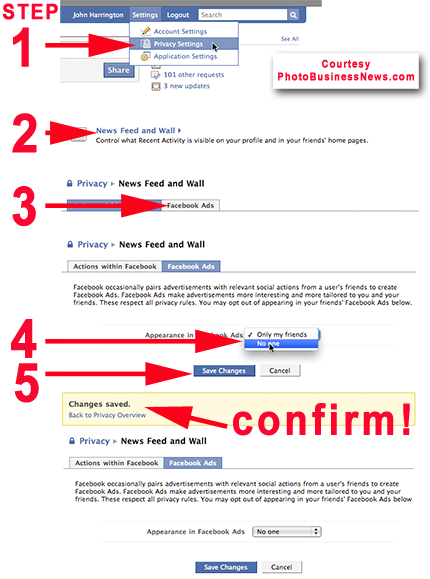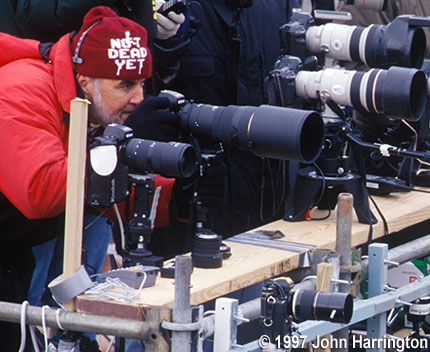The REAL 'New Frugality' - Time Style
Times are tough for everybody, especially, apparently, Time Magazine. Used to paying a stock fee of $3,000 for a cover, or $1,500 or so if it's an assignment (last I checked), take a guess how much the cover below cost Time?
Stylists for the coins, glass jar, studio rental, lighting and camera equipment? How much?
If you guessed 1% of the standard stock fee, you'd be right - and insane to accept a fee that low. Yet Robert Lam, of Los Angeles, did just that. Robert Lam, who works for a furniture store in Culver City, who, according to his website, is "...always looking for models for TFCD."
For $30 (the sale went through iStockphoto - image here) Lam got screwed out of several thousand dollars in income. In a dialog on ModelMayhem, Robert was asked about the payment, and responded "yes only 30.00 from Istock", followed by some online-atta-boys and then he says "yes. I am happy." When another commenter wrote to him "you got screwed", his response was "ok", followed by what can be characterized by his laughing at his last check from iStockphoto, when he writes "last check.. 31.50..lol". The only one laughing, really, is the Time Magazine Photo Department -- who is laughing all the way to the bank. A continued cast of characters then go on to somehow just accept that the $30 is fair and reasonable, and I expect the rest of the part-time photographer part-time furniture salespeople, accountants, IHOP servers, and so on to come out and defend what he did here, and elsewhere.
Congratulations Robert, you've just become the poster-boy for exactly what is wrong about iStockphoto. A stock rate previously known to be $3,000 for the cover of Time Magazine you just sold for $30 - a 99% discount. After all big "wins", the winner usually gets asked where they'll go to celebrate. I'd ask you where you're going with that dough, but you can't even go to Disneyland, like winners in the past. I know, as I was just in the Disney Store an hour ago buying tickets for the trip I can afford to Disneyland because I don't make the dream of the profession of stock photography into a nightmare as you have done. Try talking to the owner of Natural Tique where you work if his business could survive by offering 99% discounts to his customers.
You write on your Model Mayhem page "NO SECOND CHANCES FOR FLAKES", and then go on to say "Photography is an enormous passion for me", but then you say "I am open for TFCD with female models at this time. email to me if you are interested." So, is that passion a ploy to work with female models for trade? What's with that?
Please post your comments by clicking the link below. If you've got questions, please pose them in our Photo Business Forum Flickr Group Discussion Threads.


